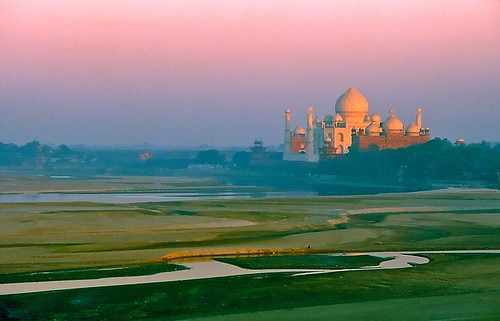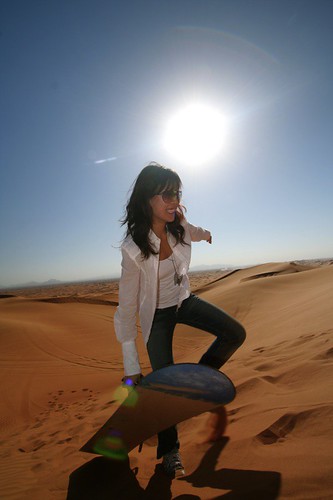 I’m of the opinion that the fewer the number of lenses you can get away with, the better. Not only is it lighter to carry fewer lenses, it also simplifies my choices and clarifies my vision. A ‘standard’ zoom lens like the Canon 17-85mm, Nikon’s 18-200mm or any of the 17-55mm f2.8 lenses make an excellent ‘one lens’ solution for when you need to go really light.
I’m of the opinion that the fewer the number of lenses you can get away with, the better. Not only is it lighter to carry fewer lenses, it also simplifies my choices and clarifies my vision. A ‘standard’ zoom lens like the Canon 17-85mm, Nikon’s 18-200mm or any of the 17-55mm f2.8 lenses make an excellent ‘one lens’ solution for when you need to go really light.Zooms are much easier and quicker to work with at the expense of image quality, weight, and resistance to flare. I hardly ever carry primes these days. Primes are most useful for maximum sharpness on subjects that don’t move, like landscapes. In travel or documentary photography, primes don’t offer enough flexibility and are too slow to work with.
At the moment, my basic travel kit consists of my Canon Rebel XT/350D and 3 lenses: the Canon 10-22mm f3.5-4.5, a 50mm f1.8, and a 70-300mm f4-5.6 IS USM. The 70-300mm is great for nature photography but for shooting people, it is just a touch too long at the short end, and the maximum aperture isn’t shallow enough for selective focusing. When I don’t need the range, I’ll be substituting both the 50mm and the 70-300mm with the new Sigma 50-150mm f2.8, thus reducing my basic kit to just 2 lenses.
Most people think of wide angles for landscapes and telephotos for portraits. But really, you can use the unique perspectives of each type of lens to your advantage. Telephoto lenses like the Sigma 50-150mm compress the perspective, which makes it a flattering portrait lens. The compression effect is also useful in landscapes, making distant features seem closer together.
 Wide angles, like the Canon10-22mm, are the most interesting to use. Not only are they able to take in a lot with its wide perspective, making it the only lens to use in tight spaces, but also, by tilting the lens slightly away from the vertical plane, you can use its distorted perspective to emphasize a part of the scene. For example, by getting in really close and slightly above some wildflowers, you could point the camera slightly downwards and really make the flowers standout as the wide perspective pulls the background away.
Wide angles, like the Canon10-22mm, are the most interesting to use. Not only are they able to take in a lot with its wide perspective, making it the only lens to use in tight spaces, but also, by tilting the lens slightly away from the vertical plane, you can use its distorted perspective to emphasize a part of the scene. For example, by getting in really close and slightly above some wildflowers, you could point the camera slightly downwards and really make the flowers standout as the wide perspective pulls the background away.Photography is about creativity. The equipment is there to help you achieve your vision. Carry only what you need and be careful about carrying too much equipment. It can get in your way, sap your energy and stifle creativity.
Photos:
Top: Taj Mahal, India, taken with Nikon FM2, 75-150mm lens.
Middle: Desert Sandboarding, United Arab Emirates, taken with Canon 350D, 10-22mm, polarizer, fill flash.

No comments:
Post a Comment